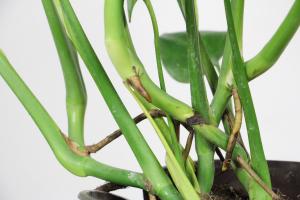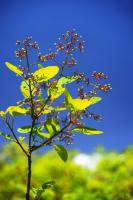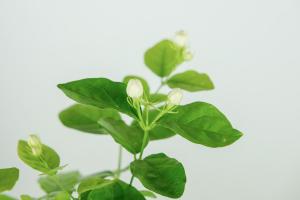How to Plant Rubber Tree in Sri Lanka
Sri Lanka is a country that has a long history of rubber cultivation. Rubber is an important crop that contributes significantly to Sri Lanka's economy. If you are interested in planting rubber trees in Sri Lanka, here is a step-by-step guide that you can follow.
1. Site Selection
The first step in planting a rubber tree is to identify a suitable site. Rubber trees need a warm and humid climate with an annual rainfall of at least 2000mm. They thrive in deep and well-drained soil that is rich in organic matter. The site should also have easy access to water and be free from pests and diseases. A soil test is recommended to determine the pH and nutrient levels of the soil to ensure that it is suitable for rubber trees.
2. Preparation of the Site
Once you have identified a suitable site, the next step is to prepare the site for planting. Clear the site of any vegetation or debris and prepare the soil by plowing or digging. If the soil is compacted, it may be necessary to loosen it by tilling or using a subsoiler. Organic matter such as compost or well-rotted manure can be added to improve soil fertility.
3. Planting
The best time to plant rubber trees in Sri Lanka is during the rainy season, from May to June or September to November. Rubber trees are usually planted in rows, with a spacing of 9m x 3m or 10m x 2.5m. Dig a hole that is twice the size of the root ball and place the tree in the hole. Backfill the hole with soil and water the tree thoroughly. Mulch around the base of the tree to retain moisture and suppress weed growth.
4. Maintenance
Once the rubber trees have been planted, they require regular maintenance to ensure healthy growth and a high yield. The trees should be watered regularly, especially during dry periods. Weeding is also important to prevent competition for nutrients and water. Fertilizer can be applied to the trees to provide them with the necessary nutrients. Pruning is recommended to remove dead or diseased branches and to shape the tree. Pest and disease control is also important to prevent damage to the trees and reduce yield loss.
5. Harvesting
Rubber trees typically take about 7 years to reach maturity and produce latex. A mature rubber tree can produce latex for up to 30 years. The latex is harvested by making small incisions in the bark of the tree and collecting the latex in containers. The latex is then processed to produce natural rubber.
Conclusion
Planting rubber trees in Sri Lanka can be a profitable and rewarding venture. With the right site selection, preparation, planting, maintenance, and harvesting, you can have a successful rubber plantation that contributes to the country's economy. Remember to follow best practices and seek advice from experts to ensure the best results.

 how many times do yo...
how many times do yo... how many planted tre...
how many planted tre... how many pine trees ...
how many pine trees ... how many pecan trees...
how many pecan trees... how many plants comp...
how many plants comp... how many plants can ...
how many plants can ... how many plants and ...
how many plants and ... how many pepper plan...
how many pepper plan...






























